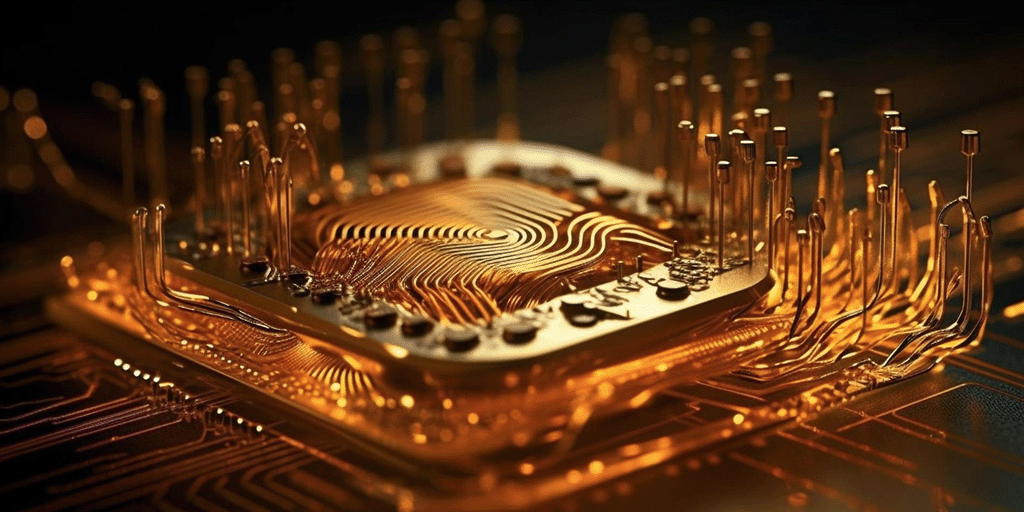
Overview:
NASA is seeking innovative multi-material inspection solutions capable of verifying mechanical integrity, validating electrical circuitry, and performing functional testing of on-demand manufactured devices. In situ process monitoring, defect detection and, whenever possible, corrective action during the additive manufacturing process is desired.
Background:
NASA’s In-Space Manufacturing (ISM) project aims to address challenges faced by astronauts on the Moon or Mars, where waiting for replacements or repairs isn’t an option. Their approach, “Make It Don’t Take It,” involves a multi-material, automated additive manufacturing technology for On Demand Manufacturing of Electronics (ODME). This technology can create sensors, power devices, semiconductors, electronic boards, and health monitoring patches.
Quality testing and inspection of these electronics during their manufacture is vital to ensure finished products are capable of functioning with a high level of confidence. However, due to the diverse materials used, traditional inspection methods are challenging. NASA currently uses a high-precision additive manufacturing platform, the Nscrypt Platform, which offers micro dispensing, material extrusion, laser processing, sintering, heating, UV and photonic curing. This platform includes a high-resolution laser profile scanning system with exceptional precision. Inspection solutions will ideally be integrated into or work in parallel with this platform.
Constraints:
Solutions will be:
- Applicable to a range of printed electronic materials, however those specific to one type of device are also in scope.
- Employ non-destructive evaluation methods.
- Have low power requirements (max 1500 W).
- Small volume, e.g., be compact.
- Ideally, used in situ as part of the printing process, or, alternatively, used in parallel with the printer.
- Ideally, will be integrated into the customized nScript printer, which has a volume of less than 8500 in3.
- Fully automated, or capable of being automated.
- For optical solutions, capable of a minimum resolution of 25 µm, with an ideal resolution of better than 10µm (and for future semiconductor prints a resolution of 0.5 – 2 µm is required).
- Potentially multiple devices, e.g. one for mechanical testing, one for electrical testing, one for functional testing.
Other:
- International providers of commercial products are in scope.
- Research level solutions need to be from US institutions only.
Possible Solution Areas:
For thickness and quality of print, testing methods such as laser scanners, optical inspection, infrared sensors, ultrasound sensors, capacitance sensors, computer vision, laser interferometry, force sensors, x-ray, and CT scanning.
For in-circuit and functional testing, solutions such as flying probe testers, multimeters, boundary scan testing, and infrared testing.
Eddy current and spectroscopy techniques are not in scope.
Possible Solution Areas:
Integration of new inspection solutions in the NASA ODME platform.
Related TechNeeds:
Seeking: Technology for non-destructive inspection inside concrete structures
Seeking: Inspection tech for additive manufacturing in space
USBR Seeking: AI anomaly detection for hydroelectric plants
Image by vecstock on Freepik
